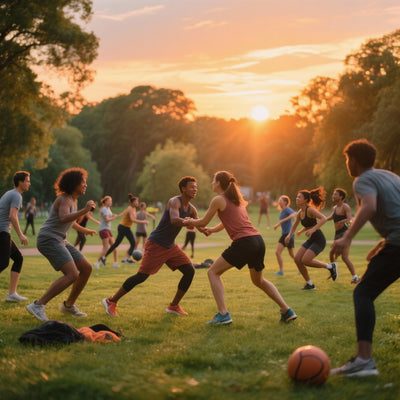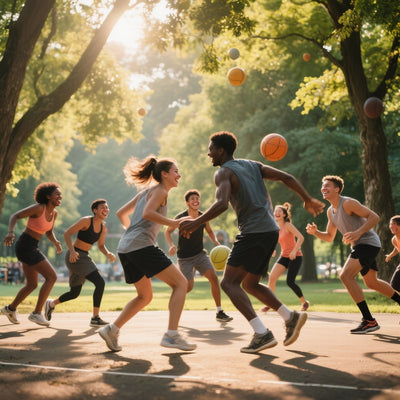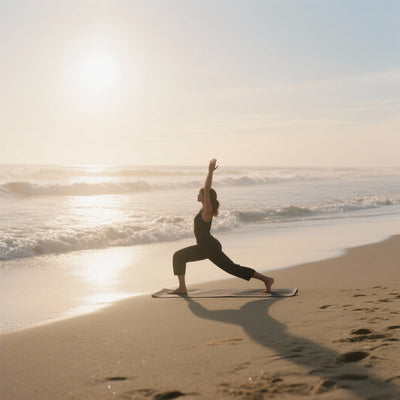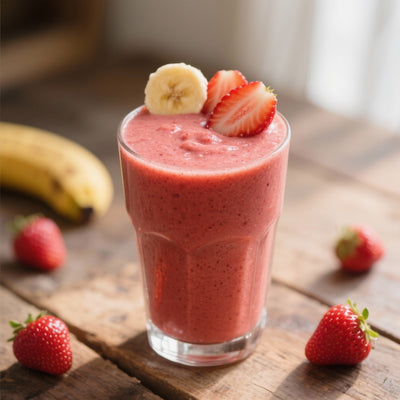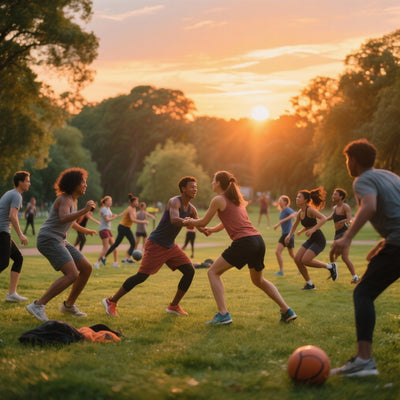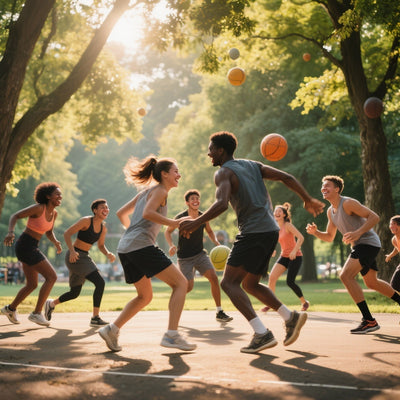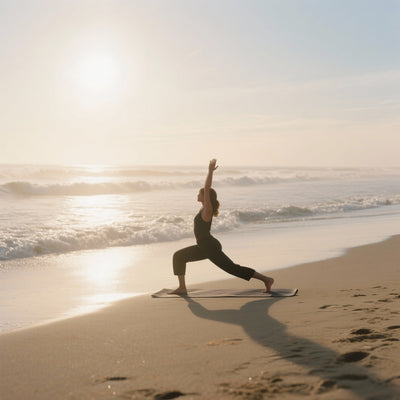Passive Stretching and Explosive Strength: The Truth Behind the 77%
Passive stretching is often touted as an essential part of athletic warm-up and recovery. However, a recent study has raised a troubling question: 77% of passive stretching may actually reduce your explosive power. Is this a myth to debunk or a reality to consider? This article examines this claim, exploring the underlying mechanisms and offering alternatives to optimize your performance.
We'll unravel the science behind this surprising statistic, examining the different types of stretching, their effects on the body, and how to intelligently incorporate them into your workout routine. Whether you're a high-level athlete, a casual exerciser, or simply concerned about your well-being, this article will provide valuable information to maximize your performance and minimize the risk of injury.
Understanding Passive and Active Stretching
It is crucial to distinguish between passive and active stretching. Passive stretching involves maintaining a stretched position with the help of an external force, such as a partner or an accessory (a strap, a wall). Active stretching, on the other hand, involves using muscular force to maintain the stretch.
The 77% statistic refers specifically to passive stretching performed before an activity requiring explosive strength (jumping, sprinting, throwing). A systematic review and meta-analysis published in the *Journal of Strength and Conditioning Research* demonstrated that static stretching (a form of passive stretching) can negatively impact explosive performance.
Why Can Passive Stretching Reduce Explosive Force?
Several mechanisms can explain this reduction in explosive force:
- Decreased neuromuscular excitability: Prolonged passive stretching can decrease the nervous system's ability to recruit muscle fibers quickly and efficiently.
- Alteration of the muscle length-tension relationship: Passive stretching can alter the optimal muscle length to generate maximum force.
- Increased muscle compliance: An overstretched muscle can lose its rigidity, which reduces its ability to store and release the elastic energy needed for explosive force.
Dynamic Stretching: An Effective Alternative
Unlike passive stretching, dynamic stretching consists of controlled movements that increase the range of motion of the joints. It prepares the body for activity by raising muscle temperature, improving blood circulation, and stimulating the nervous system.
Examples of dynamic stretches include arm rotations, leg swings, hip circles, and walking lunges. These exercises are particularly effective for preparing muscles and joints for explosive movements.
"Dynamic stretching is an excellent way to prepare your body for activity without compromising your explosive strength." - Tudor Bompa, Sports Training Theorist.
How to Incorporate Stretching into Your Routine
The key lies in the timing and type of stretching:
- Before the activity: Focus on dynamic stretching to prepare your muscles and joints.
- After activity: Passive stretching can be beneficial for promoting recovery and improving long-term flexibility. Hold each stretch for 15 to 30 seconds, without forcing it.
- Rest days: You can also incorporate longer stretching sessions, focused on improving overall flexibility.
The Importance of Global Warming
Stretching is only one part of a complete warm-up. A good warm-up should also include:
- Light cardiovascular exercise: To increase body temperature and blood circulation.
- Activity-specific movements: To prepare the muscles and joints for the movements you are going to perform.
Conclusion: Stretch Intelligently for Optimal Performance
The 77% statistic highlights the importance of understanding the effects of different types of stretching on performance. While passive stretching can be beneficial for recovery and flexibility, it can impair explosive power if performed before activity. By prioritizing dynamic stretching and incorporating a comprehensive warm-up, you can optimize your performance and minimize the risk of injury. Listen to your body and adapt your stretching routine to your needs and goals.

